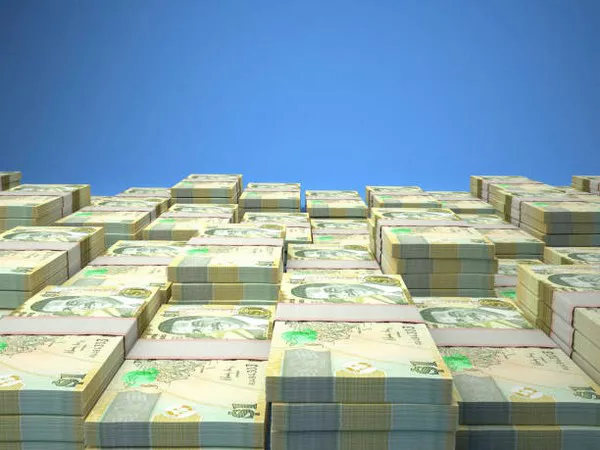In the realm of international finance and travel, the question of currency equivalence often arises, leading to inquiries about the Bahamian dollar and its relationship to the US dollar. The Bahamas, an idyllic archipelago in the Caribbean, has its own distinct currency, the Bahamian dollar (BSD), but its close ties with the United States have occasionally sparked confusion regarding its parity with the US dollar (USD). This article aims to clarify the similarities and differences between Bahamian and US dollars, shedding light on the nuances that make them unique.
Historical Context
The Bahamian dollar has a historical connection with the US dollar dating back to the early 20th century. Before the establishment of the Bahamian dollar, the British pound served as the official currency in the Bahamas. However, in 1966, the Bahamas officially adopted its own currency, pegged to the US dollar at a fixed rate of 1:1. This decision was rooted in the economic stability provided by the US dollar and the Bahamas’ strong economic ties with the United States.
Currency Peg
One key aspect to understand is that the Bahamian dollar is pegged to the US dollar, meaning that the Central Bank of the Bahamas maintains a fixed exchange rate between the two currencies. This pegging system ensures stability in trade and investment, as businesses and individuals can confidently conduct transactions without the volatility associated with floating exchange rates.
The fixed exchange rate has remained constant for decades, fostering a sense of financial security and predictability in the Bahamian economy. While the Bahamian dollar is a distinct currency, its value is directly tied to that of the US dollar. As of the last available information, the exchange rate is 1 Bahamian dollar to 1 US dollar.
Dual Currency System
Despite the pegging arrangement, both Bahamian and US dollars circulate in the Bahamas, creating a dual currency system. The Bahamian dollar is the official currency, but US dollars are widely accepted and used in daily transactions, particularly in tourist areas and for major transactions in the business sector. This dual currency system simplifies transactions for international visitors and investors, as they can easily use US dollars without the need for currency exchange.
Impact on Tourism and Business
The close relationship between the Bahamian and US dollars has significant implications for the country’s tourism and business sectors. The dual currency system facilitates a seamless experience for international tourists, who can use their US dollars without the need for currency conversion. This convenience is a key factor in the Bahamas’ attractiveness as a tourist destination, as visitors can navigate transactions with ease.
Moreover, the dual currency system simplifies international business dealings for the Bahamas. Many businesses, especially those involved in tourism, hospitality, and trade, find it advantageous to conduct transactions in both currencies. This flexibility streamlines financial operations and contributes to a business-friendly environment.
Currency Risks and Considerations
While the pegged exchange rate provides stability, it is essential for businesses and individuals to be aware of potential currency risks. Economic fluctuations or changes in US monetary policy can impact the value of the US dollar, subsequently affecting the Bahamian dollar. It is advisable for businesses engaged in cross-border trade or individuals holding significant amounts of either currency to stay informed about economic developments that may influence exchange rates.
Conclusion
In conclusion, while the Bahamian dollar and US dollar are distinct currencies, their relationship is deeply rooted in a fixed exchange rate, creating a sense of financial stability for the Bahamas. The dual currency system enhances the ease of international transactions, benefiting both the tourism and business sectors. Understanding the nuances of this relationship is crucial for individuals and businesses operating in or traveling to the Bahamas, as it allows for informed financial decision-making in a unique economic context. As the Bahamas continues to thrive as a global destination, the symbiotic connection between the Bahamian and US dollars will likely remain a cornerstone of its economic landscape.


